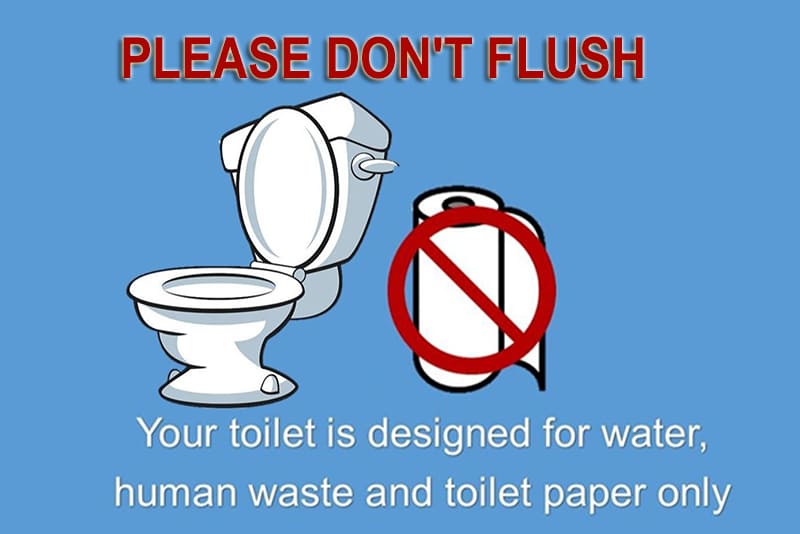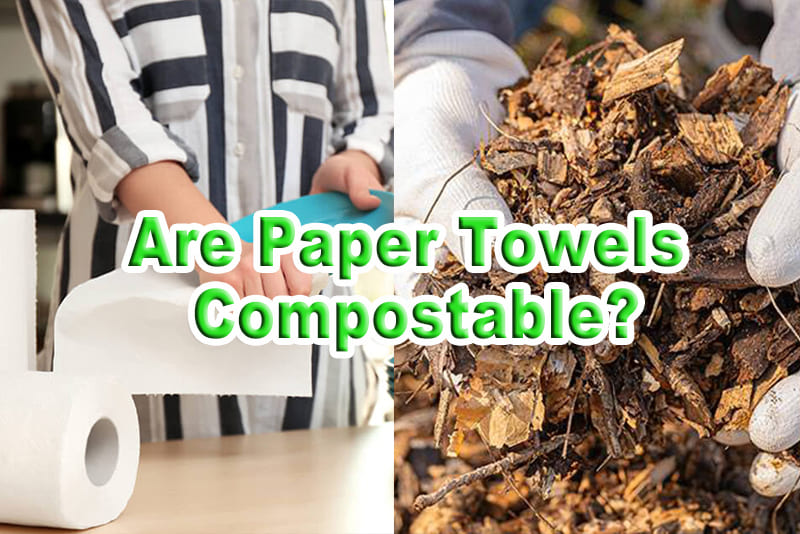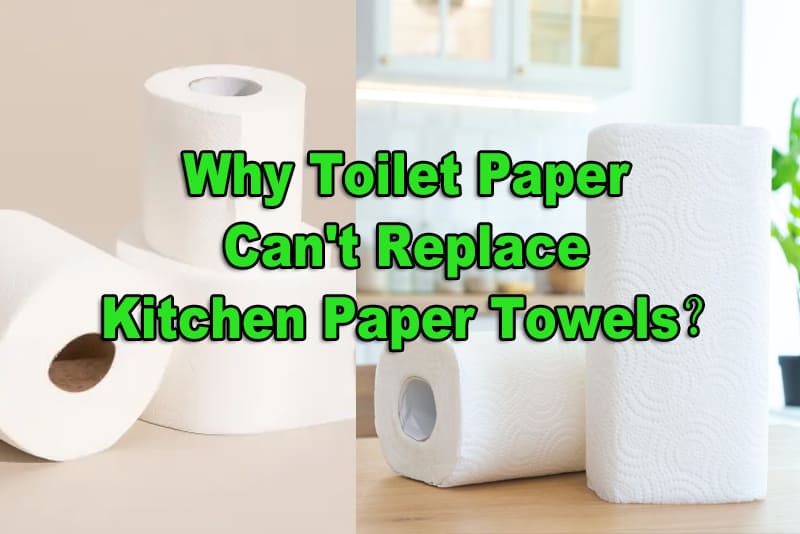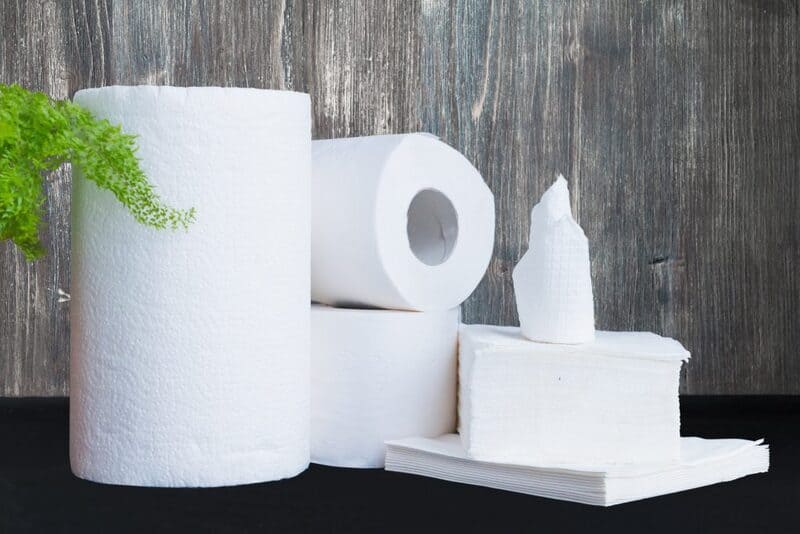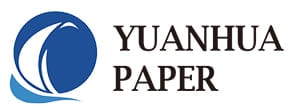What Are The Most Common Folding Methods Used In Industrial Napkin Production?
The most popular folding methods for paper napkins by napkin-making machinery are designed to optimize efficiency, product uniformity, and ease of packaging.
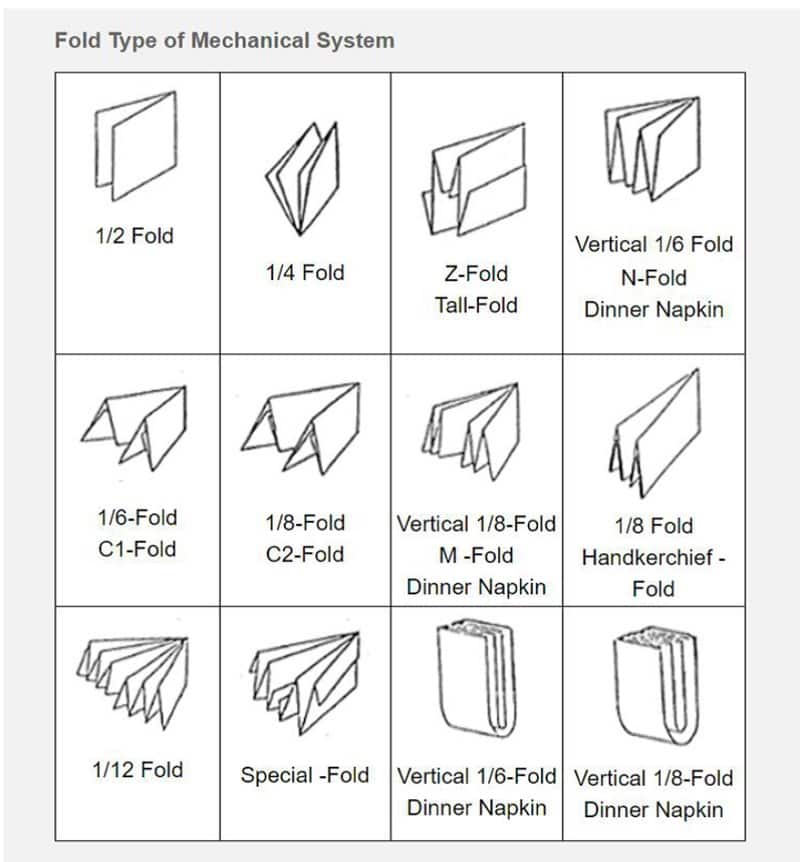
Here are some of the most common folding methods used in industrial napkin tissue production:
1. V-Fold (Single Fold)
Advantages:
- Simple and efficient folding process.
- Easy to produce and cost-effective.
- Provides a neat, compact napkin.
Usage:
- Commonly used for luncheon and cocktail napkins.
- Suitable for casual dining, parties, and events where easy handling and simple presentation are sufficient.
2. Z-Fold (Interfold)
Advantages:
- Allows for easy one-at-a-time dispensing, reducing waste.
- Compact and space-saving design.
- Keeps napkins clean and organized in dispensers.
Usage:
- Ideal for use in dispensers in restaurants, cafeterias, and public restrooms.
- Suitable for high-traffic areas where hygiene and convenience are important.
3. C-Fold
Advantages:
- Creates a compact, multi-panel napkin.
- Unfolds into a larger sheet, providing more surface area.
- Easy to stack and package.
Usage:
- Commonly used for hand towels in restrooms and kitchens.
- Suitable for both residential and commercial settings.
4. M-Fold
Advantages:
- Similar to the C-Fold but with more folds for a more compact product.
- Allows for efficient storage and dispensing.
- Reduces paper usage while providing adequate surface area.
Usage:
- Ideal for use in public restrooms and commercial kitchens.
- Suitable for high-traffic areas where space and efficiency are important.
5. Quarter Fold (4-Fold)
Advantages:
- Provides a larger unfolded napkin surface area.
- Easy to stack and package.
- Versatile and suitable for various applications.
Usage:
- Commonly used for standard dining napkins.
- Suitable for both casual and formal dining settings.
6. Half Fold (Bi-Fold)
Advantages:
- Simple and quick folding process.
- Provides a larger surface area when unfolded.
- Cost-effective and easy to produce.
Usage:
- Ideal for large napkins used in dining and kitchen settings.
- Suitable for both home and commercial use.
7. Sixth Fold
Advantages:
- Creates a compact and efficient napkin fold.
- Ideal for interleaved napkins, ensuring easy one-at-a-time dispensing.
- Saves storage space and reduces waste.
Usage:
- Suitable for use in dispensers in restaurants, hotels, and public restrooms.
- Ideal for high-traffic areas where space efficiency is crucial.
8. Custom Folds
Advantages:
- Tailored to specific branding or functionality needs.
- Allows for unique and attractive napkin designs.
- Can include custom printed designs or logos.
Usage:
- Ideal for restaurant chains and businesses with specific branding requirements.
- Suitable for special events and promotions.
9. Nested Fold
Advantages:
- Compact and space-saving design.
- Allows for easy one-at-a-time dispensing.
- Keeps napkins clean and organized.
Usage:
- Commonly used in napkin dispensers in restaurants and cafes.
- Suitable for high-traffic areas where convenience and hygiene are important.
10. Embossed Fold
Advantages:
- Enhances the napkin’s appearance and texture.
- Provides a premium feel and look.
- Can include custom patterns or branding.
Usage:
- Ideal for upscale dining establishments and special events.
- Suitable for businesses looking to enhance their brand image through napkin design.
These folding methods are chosen based on the type of napkins paper, its intended use, and the desired dispensing mechanism. Napkin-making machinery is designed to automate these folds efficiently, ensuring consistent quality and appearance.

